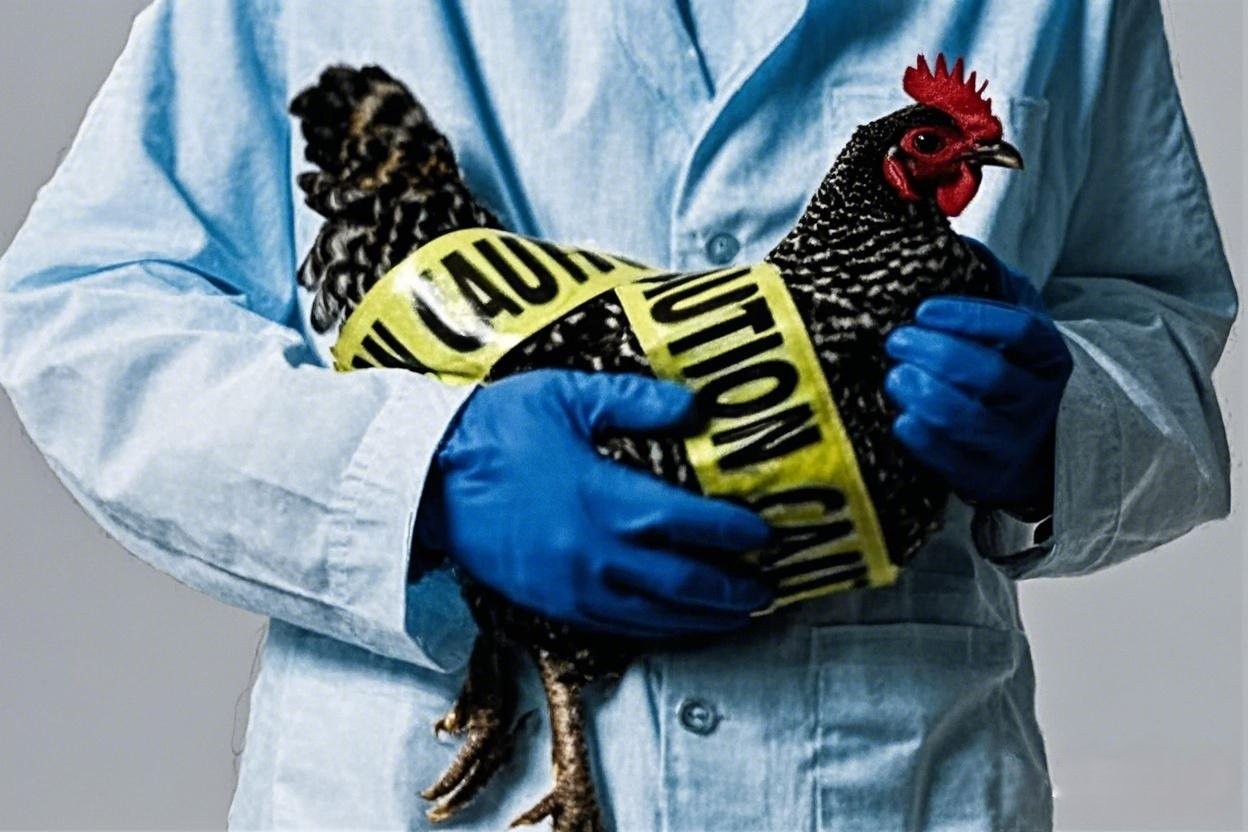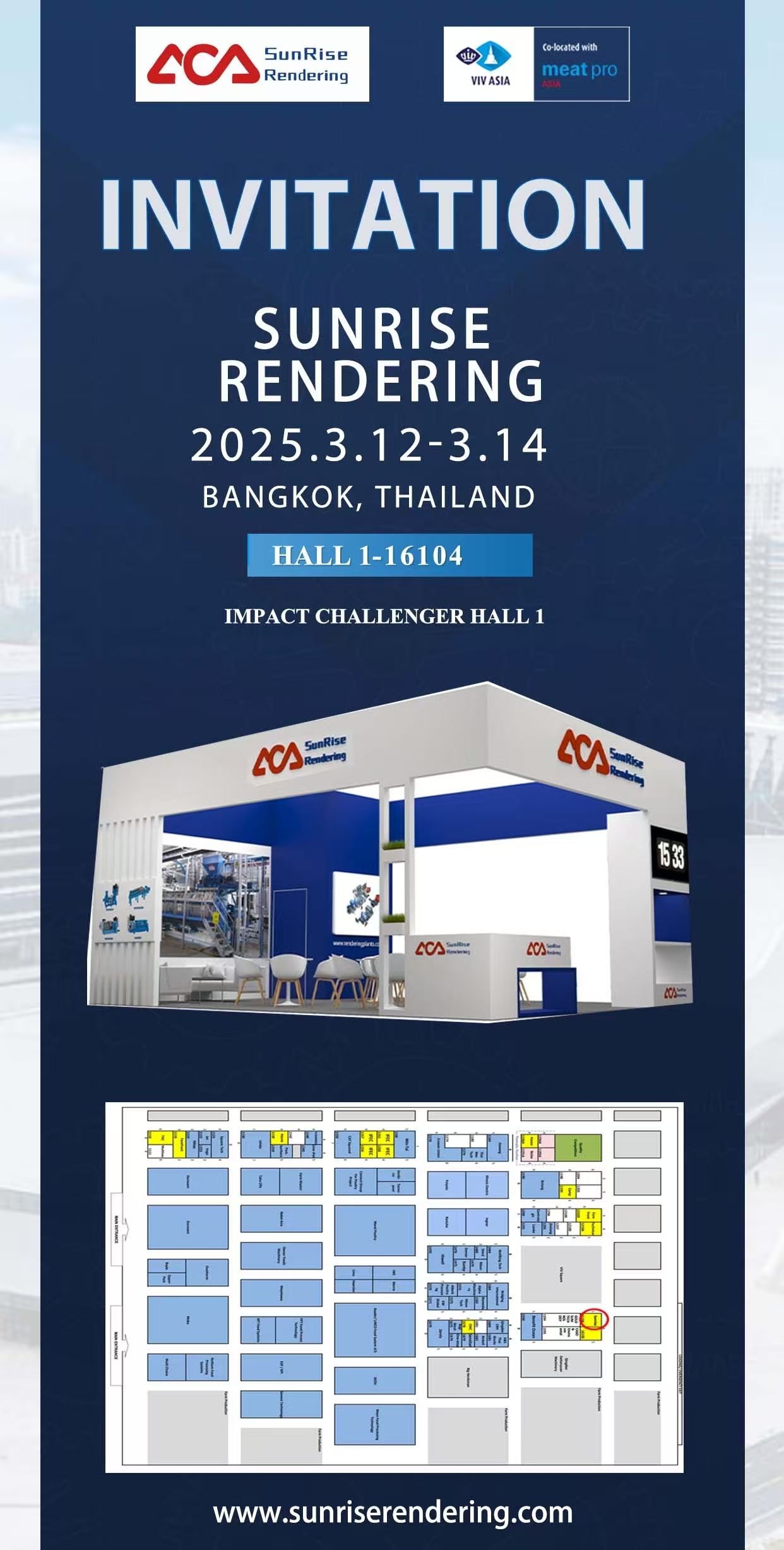
Fish Meal Rendering Plant: Fish Meal Production Techniques and Optimization
Fish Meal Rendering Plant: Fish Meal Production Techniques and Optimization
Fish meal is a highly valuable and widely used protein source in animal feed formulations. As the demand for fish meal continues to rise, optimizing its production process becomes crucial. One essential aspect of fish meal production is the rendering process for fish by-products such as feathers. This blog will delve into the specific aspects of feather meal rendering plants, exploring techniques for maximizing yield and quality, improving efficiency, reducing waste, and enhancing the nutritional value of the final product. We will also shed light on the role of customized machines in achieving these goals.
I. Understanding Feather Meal Rendering Plants:
Feather meal rendering plants are specialized facilities that process feathers, a by-product of the fish processing industry, into valuable feather meals. These plants play a vital role in the overall fish meal production process. The feathers, which would otherwise be considered waste, are transformed into a high-protein ingredient suitable for animal feed formulations.
II. Maximizing Yield and Quality:
A. Advanced Rendering Techniques:
To maximize yield and quality, modern feather meal rendering plants employ advanced rendering techniques. These techniques involve carefully controlling factors such as temperature, pressure, and cooking time to ensure thorough processing and extraction of proteins from the feathers. By optimizing these parameters, manufacturers can achieve higher protein content and overall quality of the feather meal.
B. Mechanical Separation:
Mechanical separation techniques are employed to remove impurities and unwanted elements from the feathers. These include machines such as cyclone separators, centrifuges, and filters that help extract feathers’ valuable components efficiently. Implementing mechanical separation not only enhances the purity of the feather meal but also contributes to reducing waste and maximizing yield.
III. Improving Efficiency and Reducing Waste:
A. Energy-Efficient Systems:
Feather meal rendering plants strive to improve efficiency and reduce energy consumption. They achieve this by utilizing energy-efficient systems and technologies such as heat exchangers, condensers, and advanced process control systems. These systems minimize heat loss, recover waste heat, and optimize energy usage, resulting in reduced operating costs and a more environmentally friendly production process.
B. Waste Management:
Proper waste management is essential in feather meal rendering plants to minimize environmental impact. Techniques like anaerobic digestion can be implemented to convert organic waste into biogas, which can then be utilized for energy generation within the plant. Additionally, efficient water treatment systems ensure the responsible disposal or reuse of wastewater, reducing the plant’s ecological footprint.
IV. Enhancing Nutritional Value:
A. Enzymatic Hydrolysis:
Enzymatic hydrolysis is a technique used to break down proteins into smaller peptides and amino acids, enhancing the nutritional value and digestibility of feather meal. By applying specific enzymes, manufacturers can optimize the hydrolysis process, resulting in a more readily available source of protein for animals.
B. Customized Machinery:
Manufacturers like Jiangsu Sunrise Environmental Protection Technology Co. Ltd offer customized machinery designed to optimize the rendering process. These machines incorporate advanced technology and precise control systems tailored to the specific requirements of feather meal production. By utilizing such machinery, plants can achieve consistent product quality, improve efficiency, and enhance overall yield.
Discovering the Feather Meal Rendering Plant: A Revolutionary Solution for Fish Meal Rendering Plant
1. The Batch Cooker: Transforming Raw Materials
The most important step in the rendering process is the batch cooker. This crucial piece of machinery effectively processes raw materials, such as poultry feathers, by subjecting them to controlled heat and pressure. The batch cooker is designed to maximize the extraction of proteins and other nutrients from the feathers, making them suitable for further processing.
2. Continuous Hydrolyser: Enhancing Efficiency
To streamline the rendering process, the continuous hydrolyser comes into play. This advanced equipment ensures a continuous and consistent flow of materials, improving overall efficiency. By maintaining optimal temperature and pressure conditions, the continuous hydrolyser facilitates the breakdown of proteins, resulting in a more refined feather meal.
3. Disc Dryer: Efficient Moisture Removal
After hydrolysis, the feather meal undergoes the drying phase. The disc dryer, an integral part of the rendering plant, efficiently removes moisture from the meal while preserving its nutrient content. Through a controlled drying process, the disc dryer ensures that the feather meal reaches the desired moisture level for optimal storage and transportation.
4. Material Bin: Storage and Handling
To maintain a smooth workflow, the rendering plant includes material bins strategically placed throughout the production line. These bins provide temporary storage for the processed feather meal, allowing for seamless transitions between different stages of the rendering process. The material bins also facilitate the management and handling of the meal before it proceeds for further treatment.
5. Feather Press: Maximizing Extraction
To extract every valuable nutrient from the feathers, the feather press plays a crucial role. By applying pressure to the processed feathers, the feather press effectively separates the remaining moisture and oil content. This step ensures that the feather meal is pure and free from excess fats, resulting in a high-quality organic fertilizer.
6. Rendering Plant Meal Cooler: Temperature Control
Temperature control is essential in preserving the nutritional value of the feather meal. The rendering plant meal cooler is responsible for regulating the temperature of the processed meal as it progresses through the production line. This ensures that the meal retains its nutritional integrity, making it a valuable resource for sustainable agriculture.
7. Drain Screw Conveyor: Efficient Material Handling
The drain screw conveyor efficiently removes any excess liquid from the feather meal, further enhancing its quality. By transporting the meal through the system, the screw conveyor aids in the separation of liquids, making the feather meal more manageable for subsequent processing or packaging.
8. Shell and Tube Condenser: Energy Recovery
In a feather meal rendering plant, energy efficiency is paramount. The shell and tube condenser plays a vital role by recovering and reusing heat from the rendering process. This not only reduces energy consumption but also minimizes the environmental impact of the plant, making it a sustainable choice for feather meal production.
9. Buffer Bin: Seamless Workflow
Throughout the rendering process, the buffer bin acts as a buffer between different stages of production. It ensures a consistent flow of materials and prevents disruptions due to temporary interruptions or fluctuations in supply. The buffer bin helps maintain a smooth workflow, optimizing the overall efficiency of the rendering plant.
Conclusion:
Feather meal rendering plants are vital components of fish meal production, transforming a previously discarded by-product into a valuable protein source for animal feed formulations. Maximizing yield and quality, improving efficiency, reducing waste, and enhancing the nutritional value of feather meal are key considerations in the rendering process. With the implementation of advanced techniques and the utilization of customized machinery, manufacturers can meet the growing demand for fish meals while ensuring sustainability and economic viability in the industry.
Categories
Recent Posts
-

What is harmless treatment of sick and dead animals and poultry(rendering plant) A Key Initiative to Protect the Ecological Environment and Food Safety.
March 6, 2025 -

How does Sunrise rendering plant equipment destroy avian influenza viruses in livestock poultry carcasses
March 5, 2025 -

Sunrise Rendering Thailand Exhibition
March 5, 2025
